Austin Peay State University is a four-year public university with a long history in Tennessee, USA. The following is a detailed introduction to the school:
School History
The school was founded in 1927. Its predecessor was Austin Peay Normal School. It was renamed Austin Peay State College in 1943 and became Austin Peay State University in 1967.
School Size
Campus Area: The main campus in Clarksville covers an area of 182 acres. In addition, there are teaching centers in Dickson, Springfield, Tennessee and Fort Campbell, Kentucky.
Number of Students: In 2019, the total number of students in the school reached about 11,000, including about 8,120 undergraduates and about 1,206 graduate students.
Faculty: The school has 550 academic staff and 629 administrative staff.
Departments and majors
Departments: The school has the College of Arts, the College of Behavioral and Health Sciences, the College of Business, the Erickson College of Education, the College of Science, Technology, Engineering and Mathematics, the Graduate School, and the College of Technology and Public Administration at Fort Campbell.
Professional courses: The school offers a wide range of majors, including accounting, US-Africa studies, agriculture, art, aviation, biology, communications, computer science, economics and general business, education, engineering technology, financial management and marketing, earth science, health and human performance, history, language and literature, leadership, mathematics, military science, music, nursing, philosophy, physics, political science, psychology, public administration, social work, sociology, drama and dance, women's studies and other fields.
Teaching features
Multiple teaching methods: The school provides face-to-face courses, online courses and online education projects in cooperation with other colleges and universities to meet the learning needs of different students.
Focus on practical teaching: Many professional courses include practical links. Students have the opportunity to participate in actual projects, internships and experiments to improve their ability to solve practical problems and prepare for future career development.
Campus Life
Student Organizations and Activities: The school has many student organizations and clubs, covering academic, cultural, artistic, sports, social and other aspects, such as student unions, academic clubs, art groups, sports associations, etc. Students can participate in corresponding organizations and activities according to their interests and hobbies, enrich their extracurricular life and expand their interpersonal relationships.
Sports and Athletics: The school's sports teams are called "Governors" and participate in the first division of the National Collegiate Athletic Association (NCAA). Sports include football, basketball, baseball, track and field, etc. The school's sports facilities are complete, providing students with a good platform for physical exercise and competition.
School Ranking and Accreditation
Ranking: Ranked 293-381 in the 2020 USNEWS Best Comprehensive University Rankings in the United States.
Accreditation: The school has obtained the Southern Association of Colleges and Schools (SAACS) Schools), and some of its majors have also been accredited by relevant professional organizations, such as the teacher education major has been accredited by the National Teacher Education Accreditation Committee, and the nursing major has been accredited by the American Nursing Education Commission, which ensures the school's educational quality and degree recognition.
Application and Fees
Application Requirements: Undergraduate applications generally require students to provide a high school diploma or equivalent certificate, standardized test scores (such as SAT or ACT), letters of recommendation, personal statements and other materials. Different majors may have specific prerequisite course requirements; graduate applications require undergraduate diplomas and degree certificates, transcripts, letters of recommendation, personal statements, GRE or GMAT scores, etc., and specific requirements vary by major.
Tuition: Tuition for in-state students is relatively low, while tuition for out-of-state students is higher. Taking 2020 as an example, the tuition for in-state students is about US$7,251/year, and the tuition for out-of-state students is about US$20,607/year.
-

Harvard University
-

Massachusetts Institute of Technology
-

South University
-

University of West Georgia
-
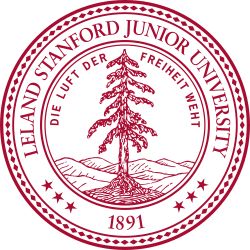
Stanford University
-

Northwest Nazarene University
-

Hawaii Pacific University
-

Shorter University
-

Nova Southeastern University
-
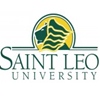
Saint Leo University
-

Mesoamerican University
-

Istmo University
-
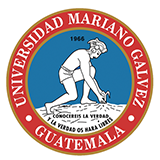
Mariano Galvez University of Guatemala
-
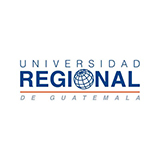
Regional University of Guatemala
-
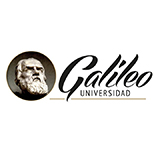
Galileo University
-
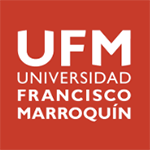
Francisco Marroquín University
-

Rafael Landívar University
-
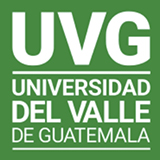
University of the Valley of Guatemala
-
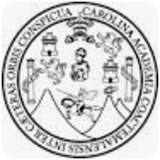
University of San Carlos of Guatemala
-

Technological Institute of Tlaxcala Plateau
-

Golfo University
-
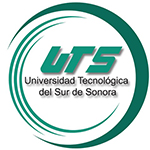
Technological University of South Sonora
-
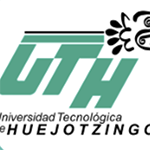
Technological University of Huejotzingo
-

Tizimín Institute of Technology
-

Chilpancingo Institute of Technology

